AARP Hearing Center

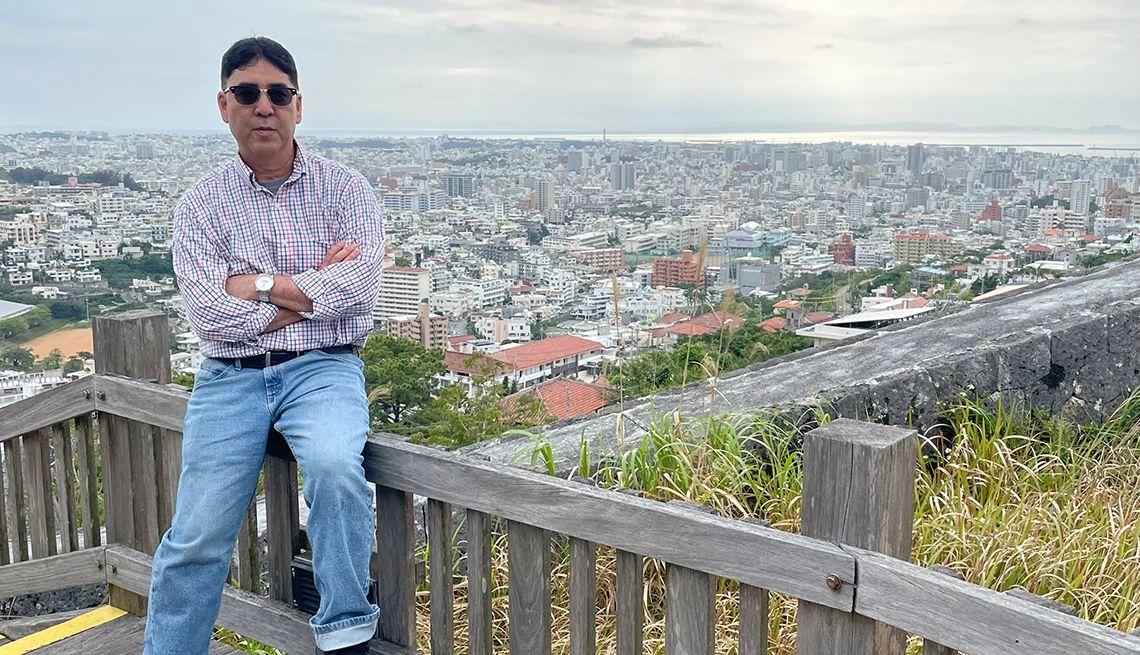
When the blockbuster TV miniseries Roots premiered in 1977, it fueled an explosion in genealogy research. Decades later, that interest has continued to grow, powered by easy DNA tests, access to online records and shows such as Finding Your Roots on PBS (AARP is a sponsor of this program). How big is the family history boom? The global genealogy services and products market was valued at $5.4 billion in 2023, and it’ll reach $15.8 billion by 2033, according to market research firm Fact.MR.
That includes travel spending because, let’s be honest, roaming the internet for documents isn’t nearly as fun as roaming the town where your great-grandparents grew up. Numerous tour companies cater to our hunger to visit the homeland — planning the logistics, conducting research, even helping track down relatives. Ancestry.com works with outfits such as Kensington Tours and EF Go Ahead Tours. Other companies focus on specific regions, including Africa (African Ancestry) and Europe (Family Tree Tours, Legacy Tree).


AARP Membership— $12 for your first year when you sign up for Automatic Renewal
Get instant access to members-only products and hundreds of discounts, a free second membership, and a subscription to AARP the Magazine.
For many Americans, visiting their native lands is not only an emotional quest but a logical step in their research. They want to learn what they can’t at home, walk where their ancestors walked and meet relatives they never knew existed. Here are four travelers who did just that.
Oregon to Okinawa

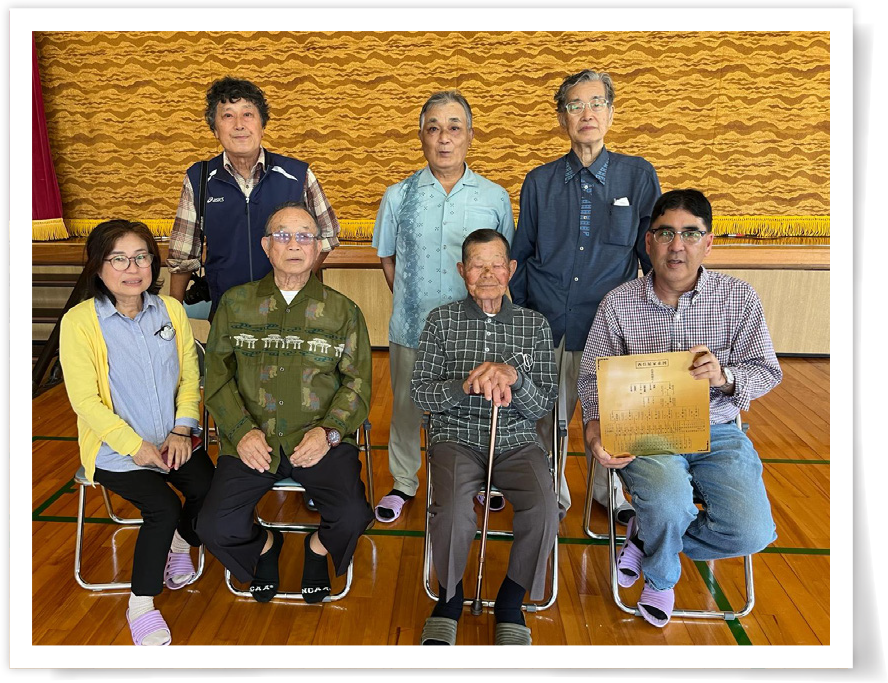
‘They bombarded me with questions.’
Jon Arakaki, 60
Current residence: North Plains, Oregon
Connection: His grandparents left Okinawa for Hawai‘i in 1906.
Genealogy began to interest me in 2022. I started looking up information on my grandparents in Hawai‘i, building my family tree and collecting documents. But eventually I hit a brick wall, and I figured this is as much as I can do from Oregon.
In April 2024, I traveled on an Ancestry/Kensington Tours Personal Heritage Journey along with an on-site genealogist, Yuzo Ochiai. Before I went, I was only interested in finding documents and grave sites in Okinawa. Meeting people would be a waste of time, I thought, because my grandparents left for Hawai‘i in 1906. I was 100 percent wrong.
The first day, the genealogist and I walked through my maternal grandmother’s city of Itoman. We had a photo of a dental office and a prewar address that we thought might be connected to my family. The building is gone, but there’s a newer dental clinic across the street. The receptionist there couldn’t help, so we walked down the street and knocked on doors saying, “Do you know anything about the clinic or about these people?” And it was, “no, no, no, no.”
We entered a hardware store run by an older husband and wife and shared our information. He pulled up a map and said, “Go to this address, and somebody should be able to help you.” No one was home, but three women came out from across the street. One of their husbands called a man who used to live there and told him, “I’ve got a genealogist with a guy from Oregon who thinks he’s related to you.” When we met, his sister was there too. We discovered that their dad and my mom are first cousins.
I had a picture of two parents and their two young children. The back of the photo said the baby was named Junko. “That’s me!” the sister said. It was surreal: A few hours before, she was sitting at home, minding her own business, and now she’s meeting a relative and seeing her picture. It was like a reality show.

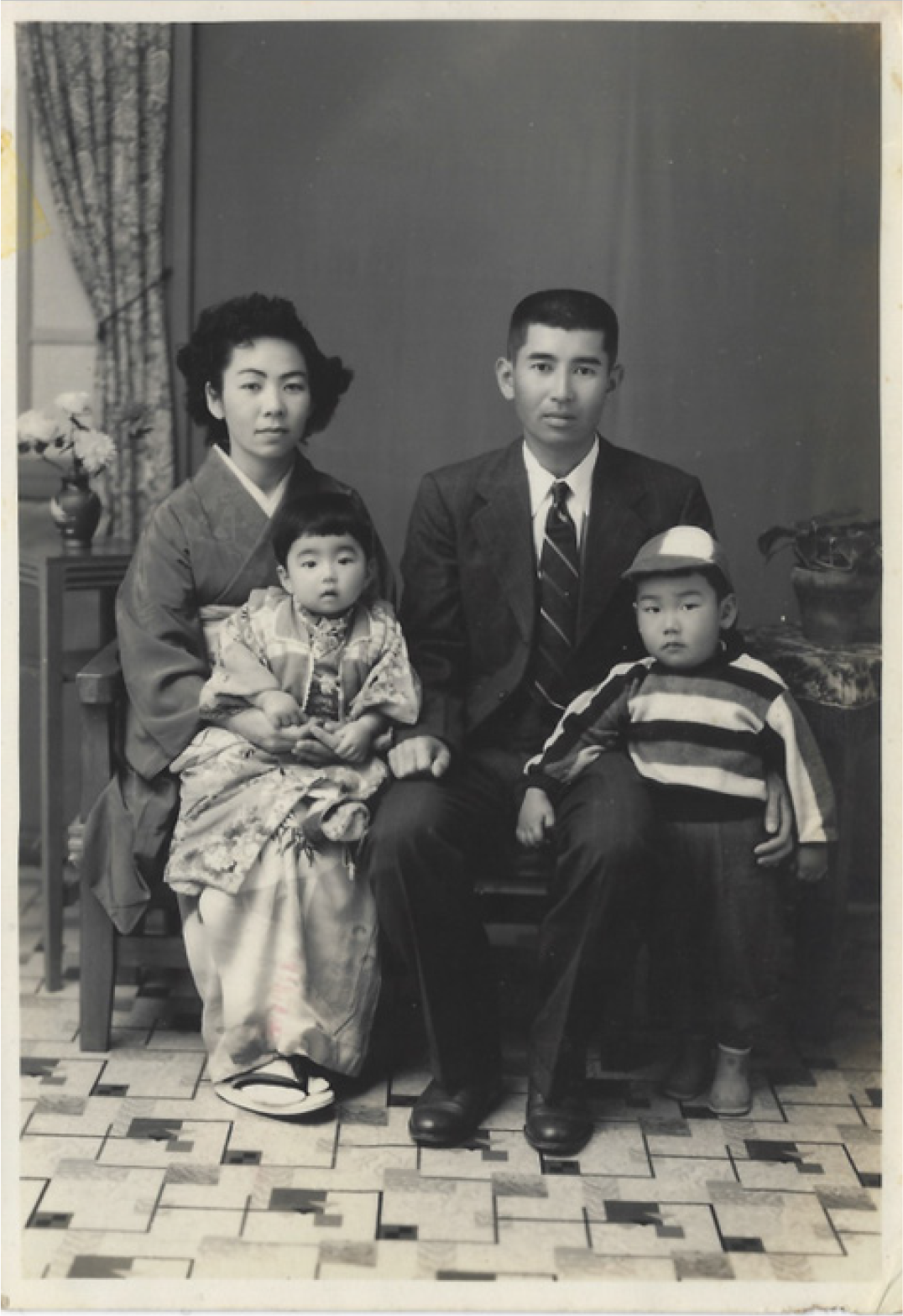
I didn’t consider how meeting me would impact them. They bombarded me with questions. “Tell me about your mom. Tell me about your dad. Tell me what you do for a living.” They now had a living link to their family in Hawai‘i. Even when the genealogist wasn’t available to interpret, we communicated and joked by pointing and using sign language. It was like being with my cousins in Hawai‘i.
People matter. I learned that. If you do this kind of trip, don’t be like me. Don’t be so focused on other things. Don’t forget that connections to relatives will lead to other things — documents and graves and stories and photos. Everywhere we went, people were super helpful. The genealogist was from Osaka, and this was his first time in Okinawa, so I experienced the country through him as well. He told me at least 10 times, “I can’t believe how nice people are.” It increased my appreciation for my people. I feel closer to Okinawa. And I feel more connected to my culture.




























































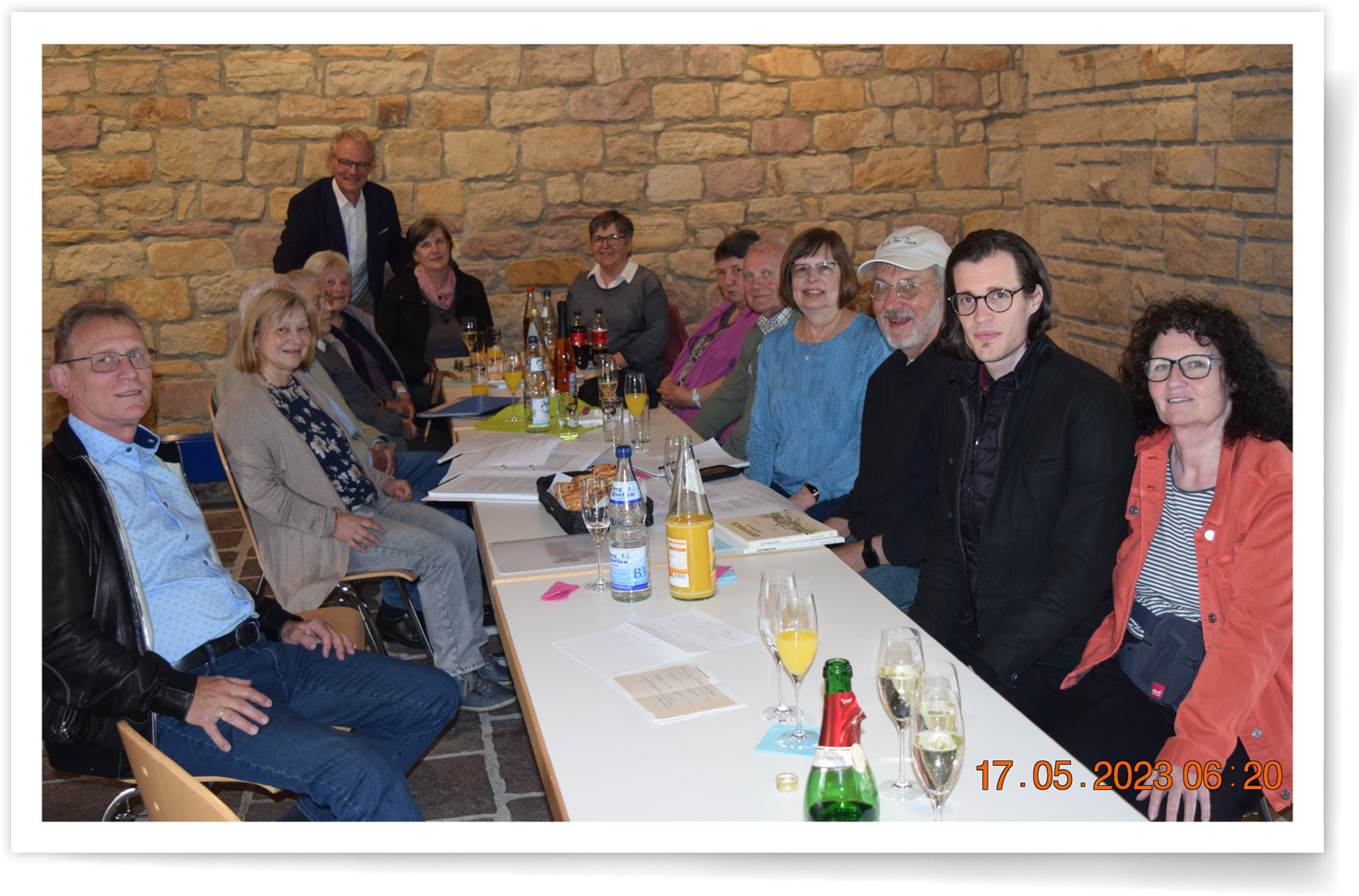





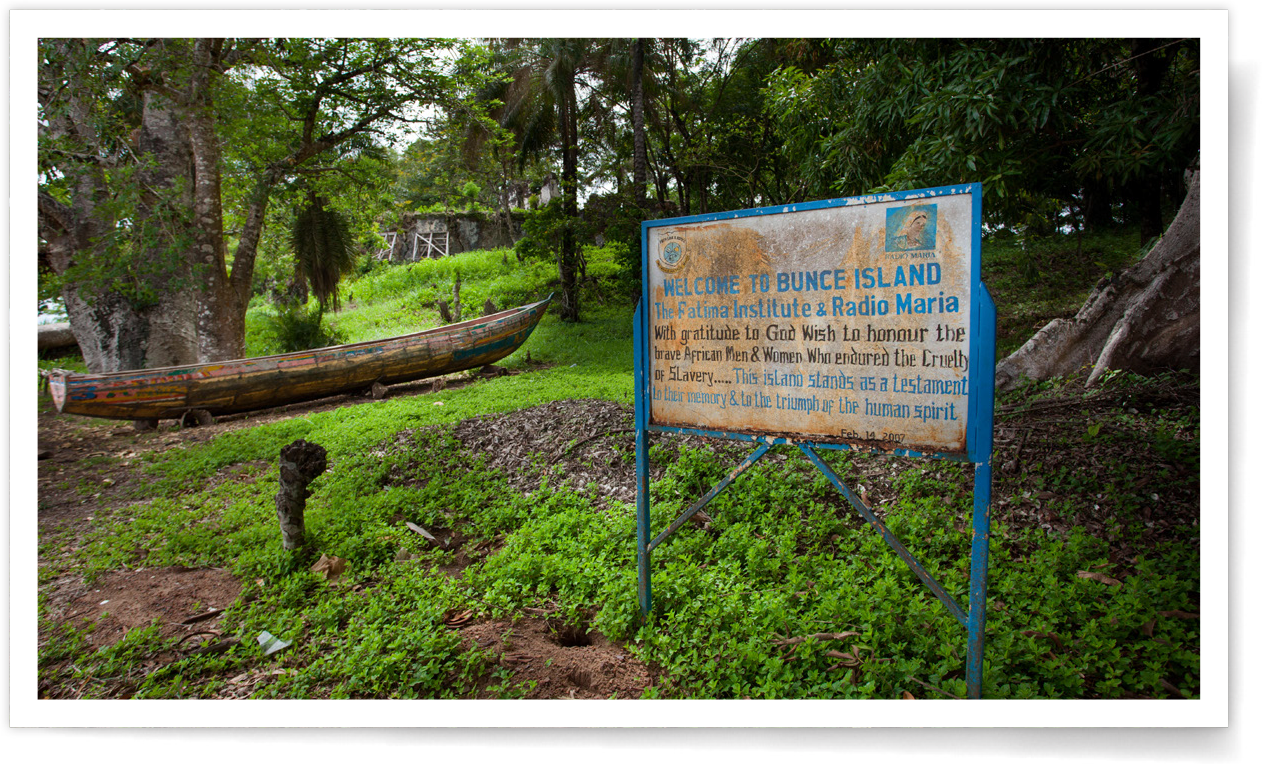
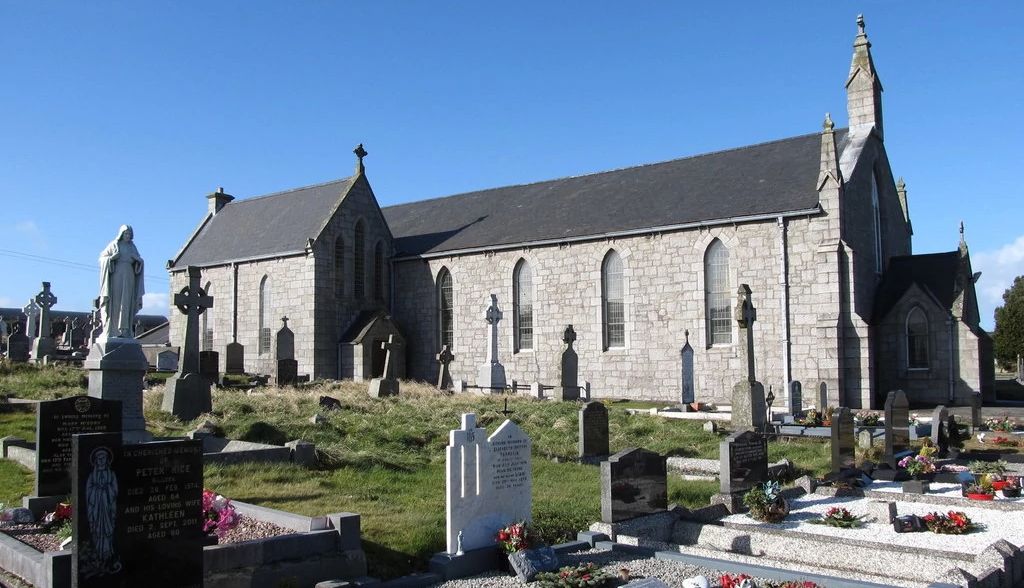



You Might Also Like
Pick the Perfect Destination for Your Next Adventure
Know what kind of trip you want, but you don’t know where to go? We can helpHow to Pack Smarter and Lighter for Your Next Vacation
Clothes, toiletries, laptops and more are now much more travel-friendlyDon’t Get Lost at Sea on a Mega Cruise Ship
With thousands of other passengers, navigating a huge vessel is an adventure in itselfRecommended for You